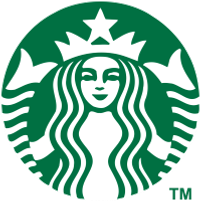
Starbucks Corp
NASDAQ:SBUX
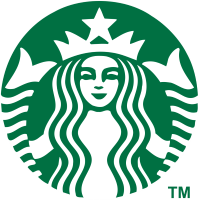
ROE
Return on Equity
ROE, or Return on Equity, is a key financial ratio that measures a company's profitability. Specifically, it measures how many dollars of profit are generated for each dollar of shareholder's equity. A higher ROE indicates better financial performance and effective use of capital, making it a valuable metric for investors assessing a company's earning potential.
ROE Across Competitors
| Country | Company | Market Cap | ROE | ||
|---|---|---|---|---|---|
| US |

|
Starbucks Corp
NASDAQ:SBUX
|
108.4B USD |
-39%
|
|
| US |
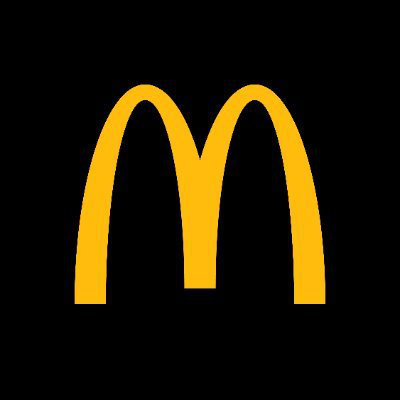
|
McDonald's Corp
NYSE:MCD
|
215.8B USD |
-189%
|
|
| US |
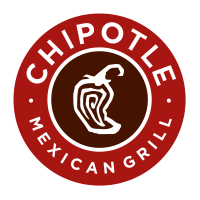
|
Chipotle Mexican Grill Inc
NYSE:CMG
|
69.9B USD |
46%
|
|
| UK |

|
Compass Group PLC
LSE:CPG
|
44.4B GBP |
22%
|
|
| US |
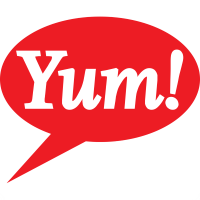
|
Yum! Brands Inc
NYSE:YUM
|
39.9B USD |
-18%
|
|
| CA |

|
Restaurant Brands International Inc
NYSE:QSR
|
30.7B USD |
31%
|
|
| CN |
M
|
MIXUE Group
HKEX:2097
|
232.1B HKD |
32%
|
|
| IN |

|
Eternal Ltd
NSE:ETERNAL
|
2.3T INR |
2%
|
|
| US |
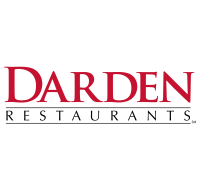
|
Darden Restaurants Inc
NYSE:DRI
|
25.5B USD |
50%
|
|
| CN |
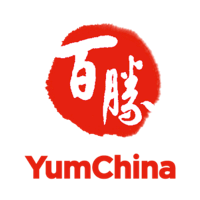
|
Yum China Holdings Inc
NYSE:YUMC
|
16.9B USD |
16%
|
|
| US |
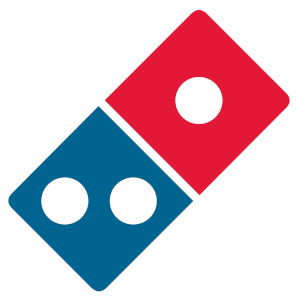
|
Domino's Pizza Inc
NYSE:DPZ
|
15.3B USD |
-15%
|
Starbucks Corp
Glance View
In the bustling heart of Seattle in 1971, Starbucks Corp. brewed its first cup, initially focusing on selling high-quality coffee beans and equipment. The seeds of its transformation were sown with the entry of Howard Schultz in 1982, who saw the potential to recreate the coffee culture he experienced in Italy. Under Schultz’s visionary leadership, the company shifted its business model to become a haven for social interaction, transforming the typical American café experience. Starbucks established itself as a purveyor of premium coffee beverages, continuously refining its menu to include an array of offerings such as espresso-based drinks, teas, and recently, innovative cold brews that attract a diverse clientele. As the company's footprint expanded globally, it maintained a consistent brand aura—offering not just coffee but a community experience, a 'third place' between home and work. Starbucks meticulously crafts its revenue model through a combination of in-store sales, a robust loyalty program, and strategic partnerships, ensuring profitability. The core engine driving its revenues is its chain of company-operated stores, which generate the lion's share of income by engaging customers with both the ambiance of its cafés and the quality of its products. Complementing in-store sales are licensed stores, merchandise sales, and the ever-popular Starbucks Card, which encourages frequent visits and cultivates customer loyalty. The company also leverages strategic alliances, such as with Nestlé, allowing for broader distribution of Starbucks-branded products in grocery aisles worldwide. By balancing its traditional café culture with a shrewd approach to market expansion and product diversification, Starbucks ensures its place as a dominant force in the global coffee industry.

See Also
ROE, or Return on Equity, is a key financial ratio that measures a company's profitability. Specifically, it measures how many dollars of profit are generated for each dollar of shareholder's equity. A higher ROE indicates better financial performance and effective use of capital, making it a valuable metric for investors assessing a company's earning potential.
Based on Starbucks Corp's most recent financial statements, the company has ROE of -38.5%.





















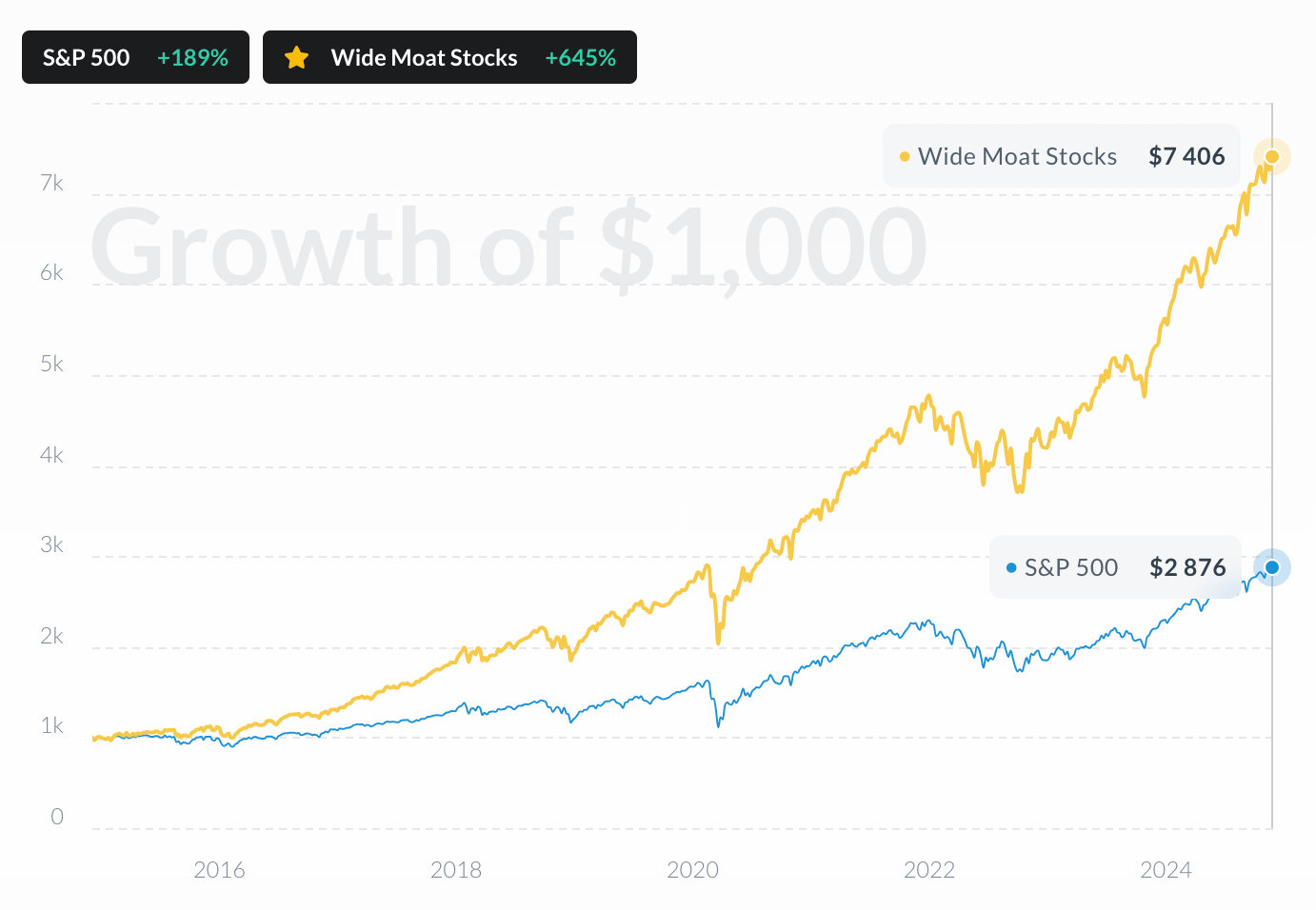




























 You don't have any saved screeners yet
You don't have any saved screeners yet